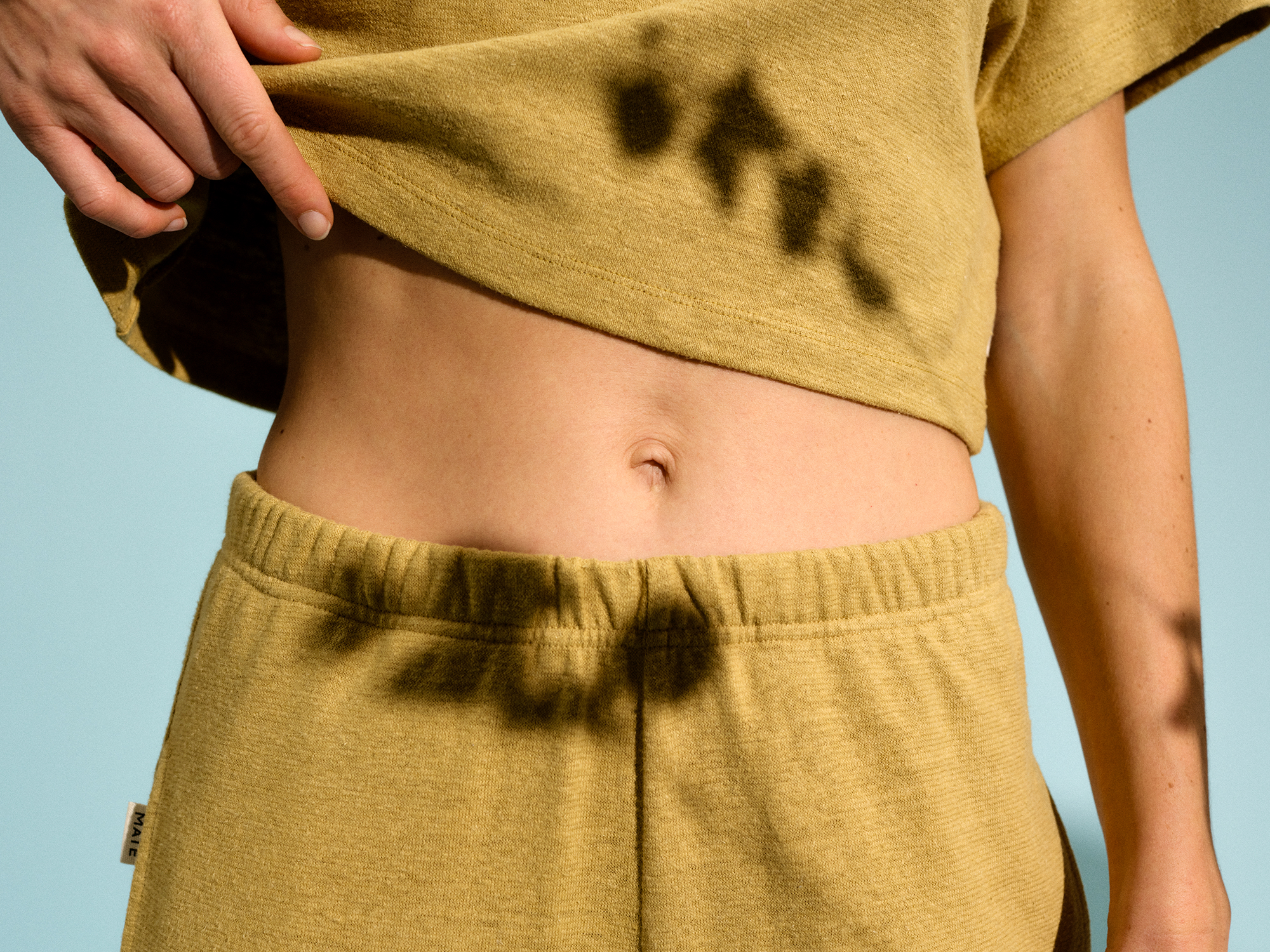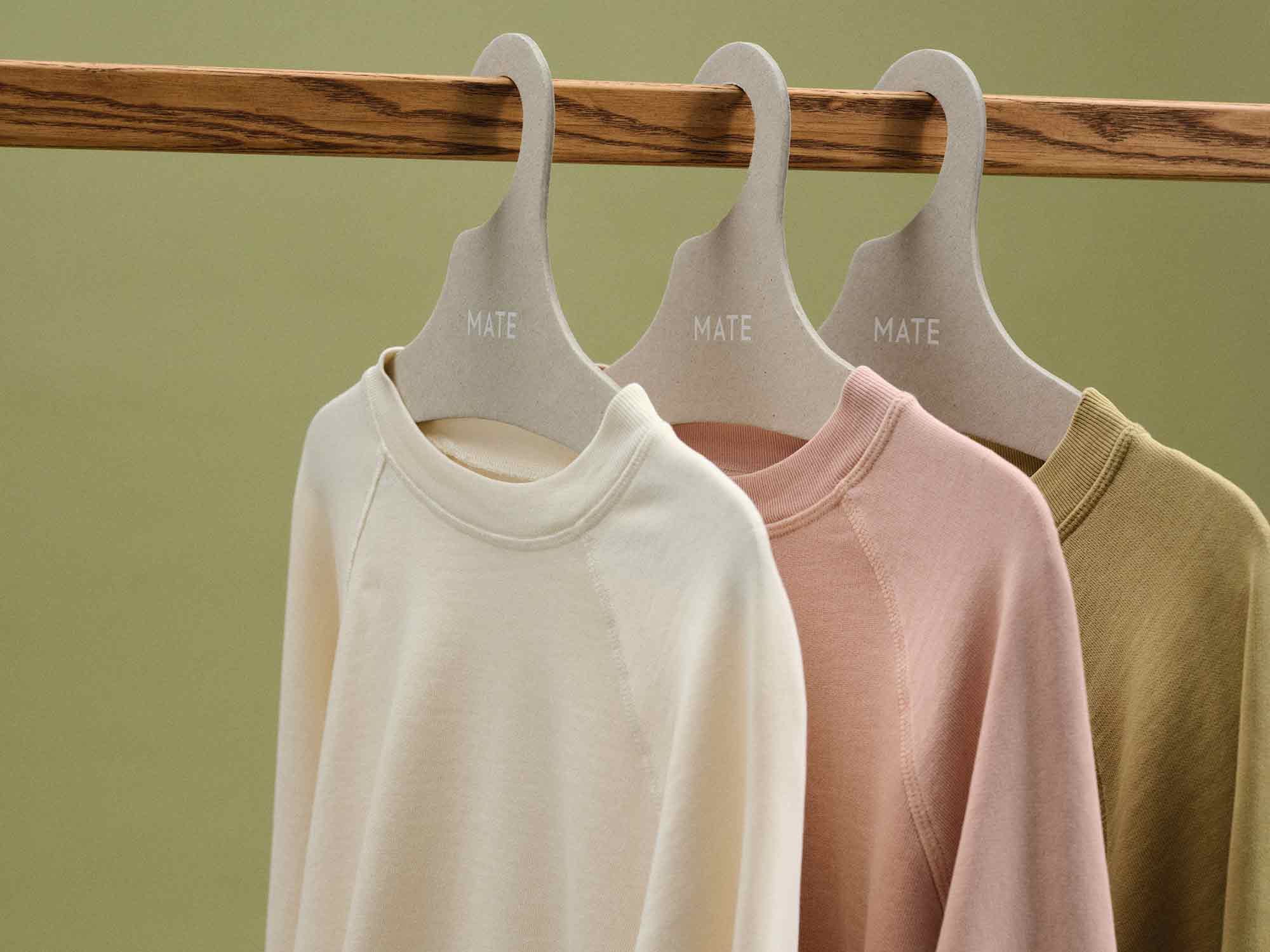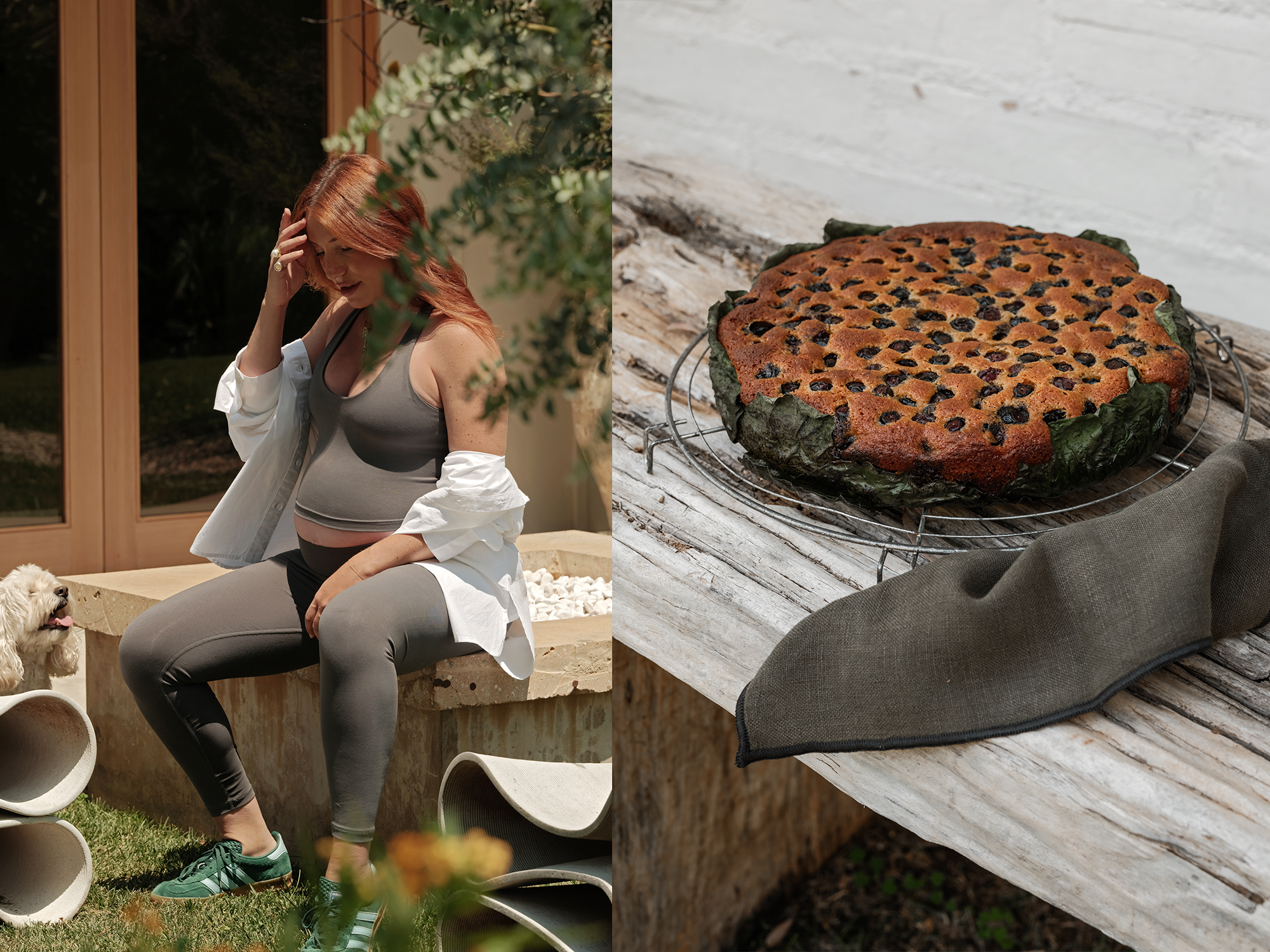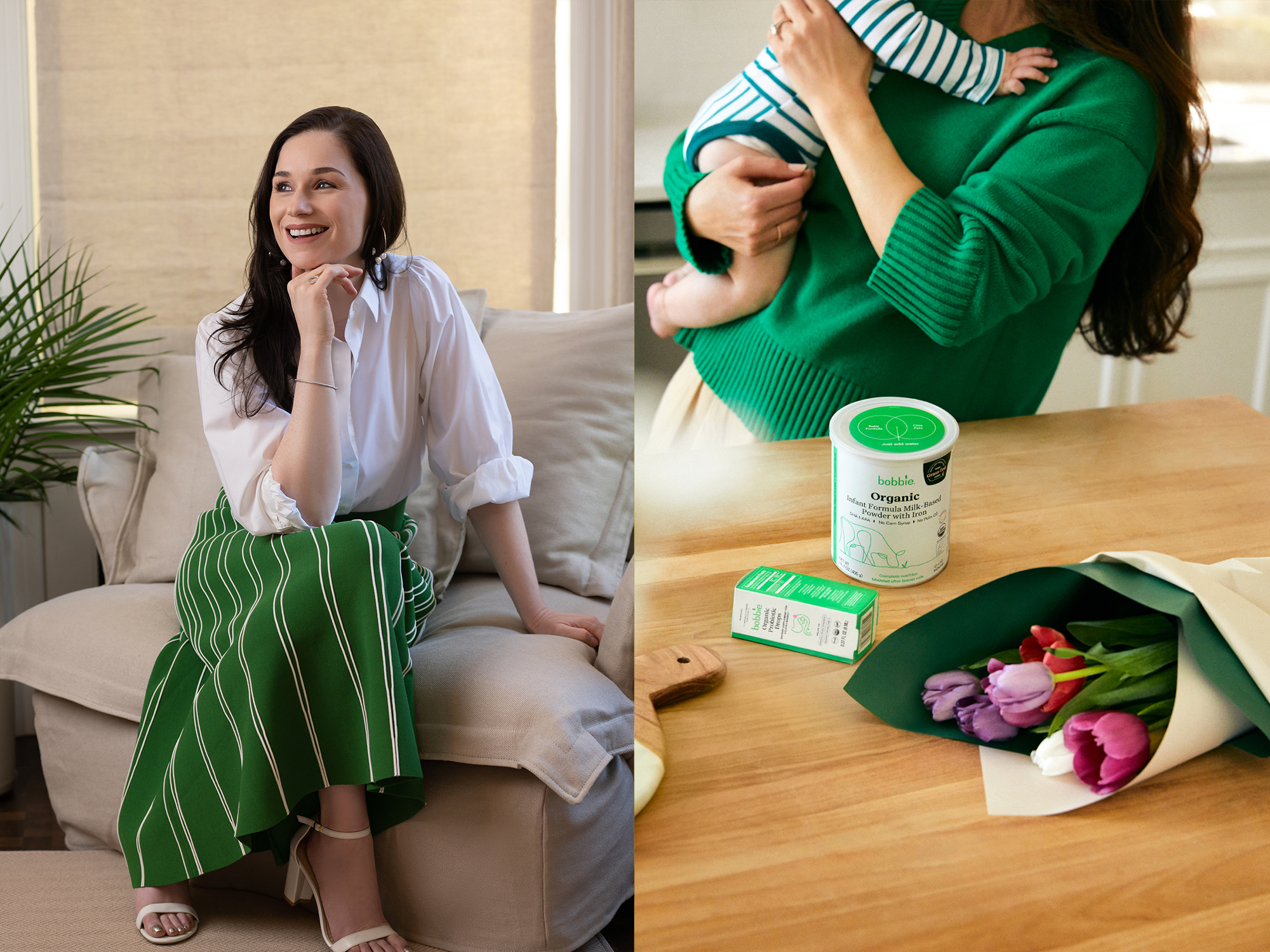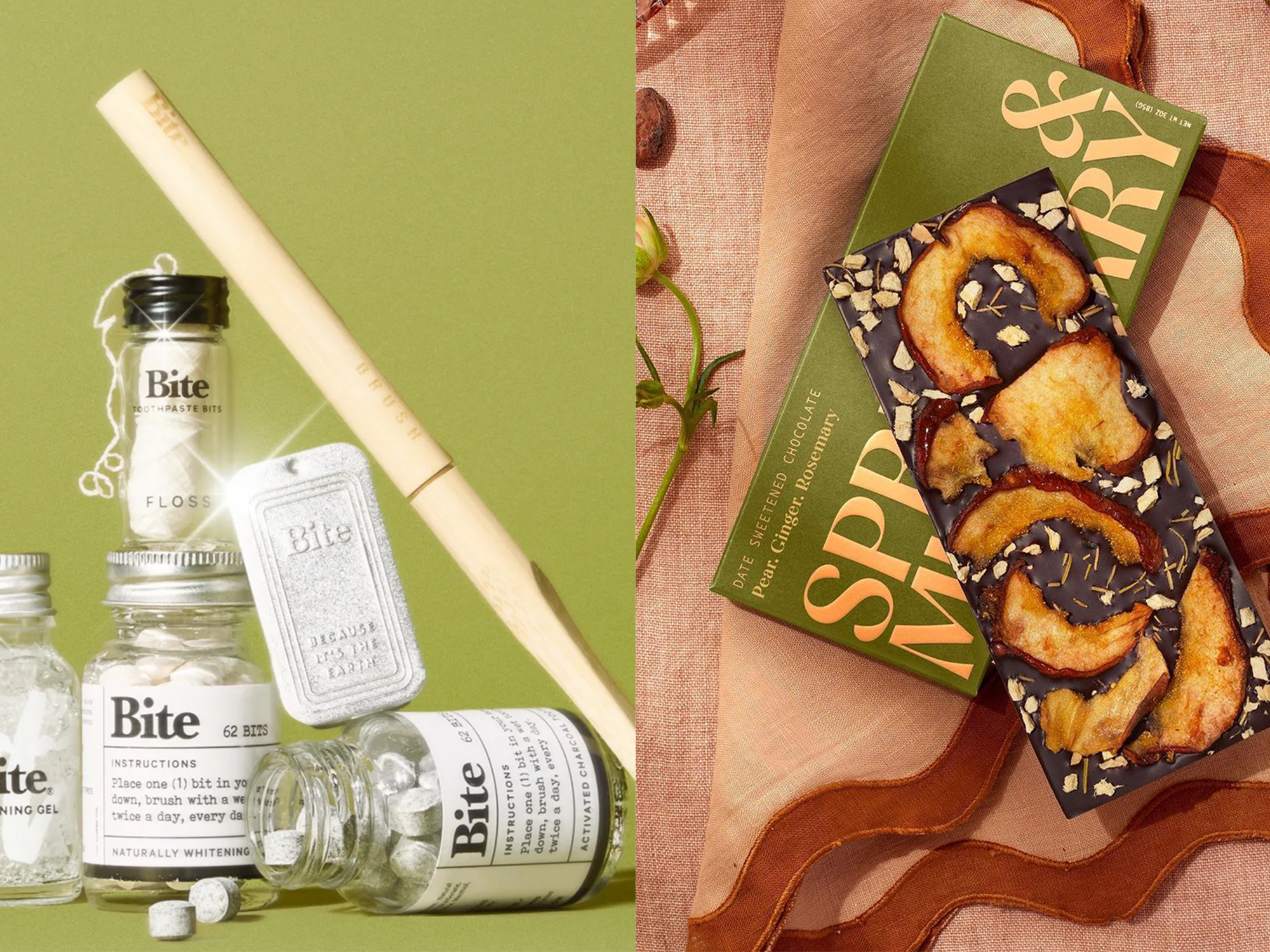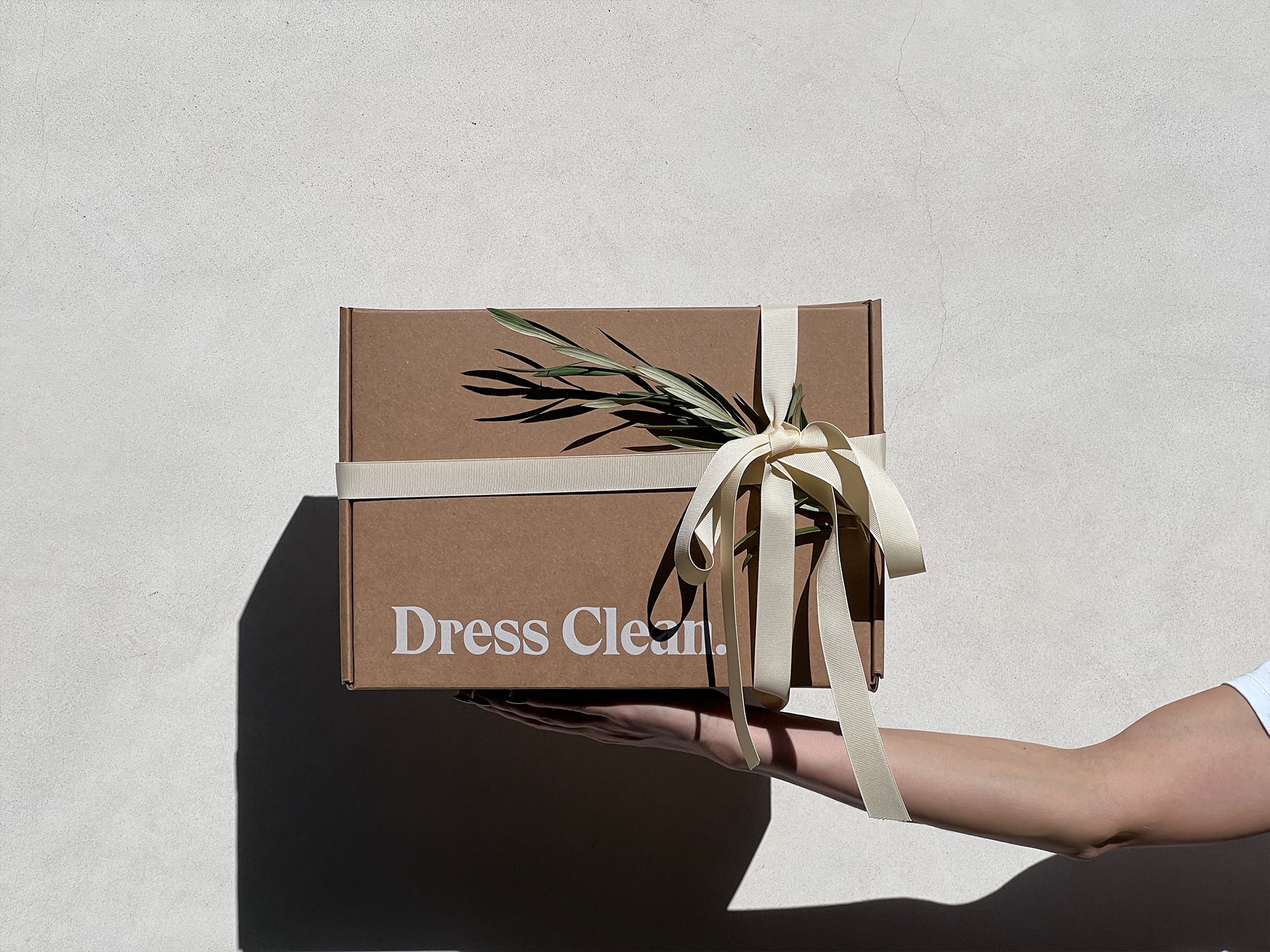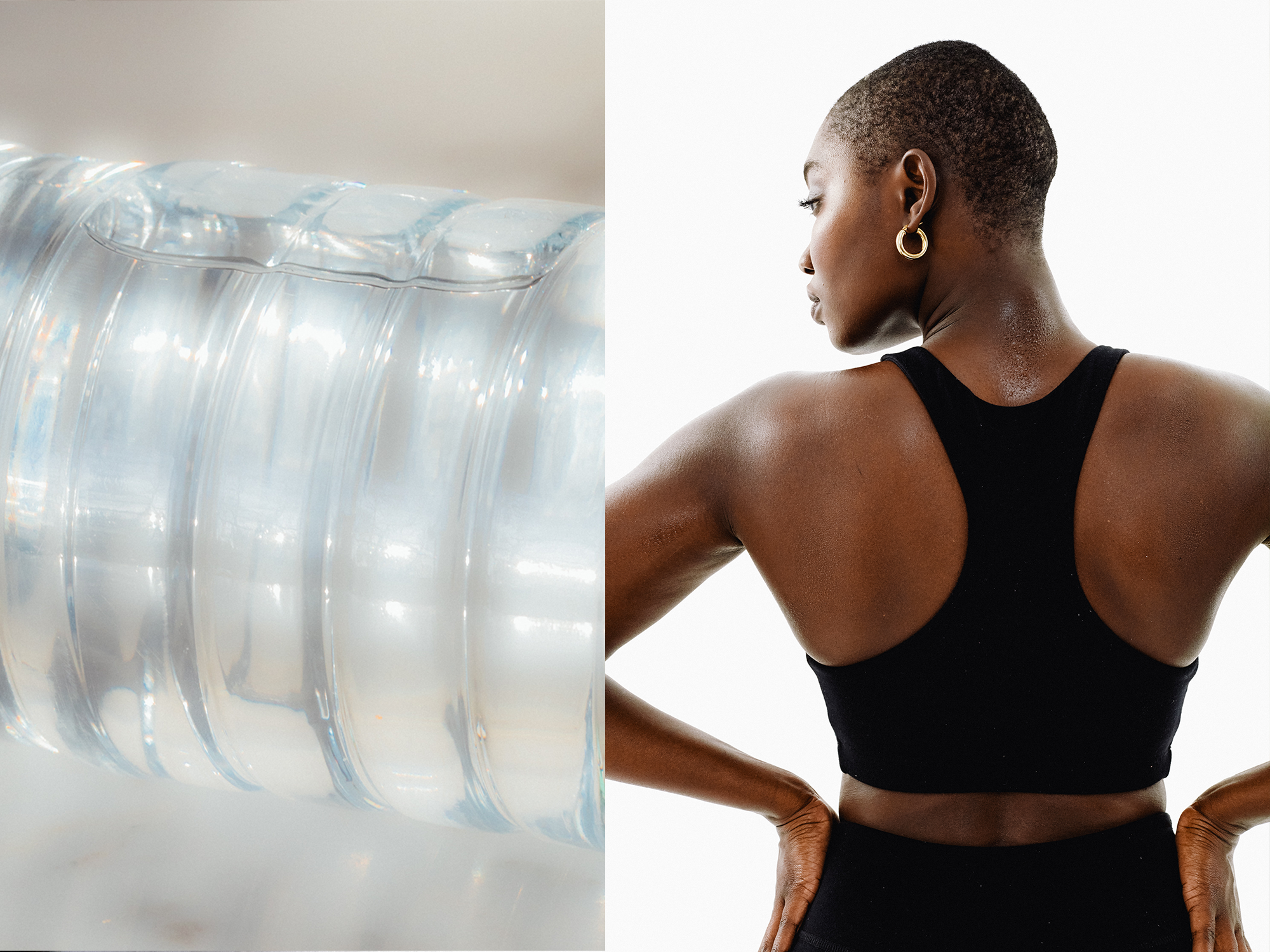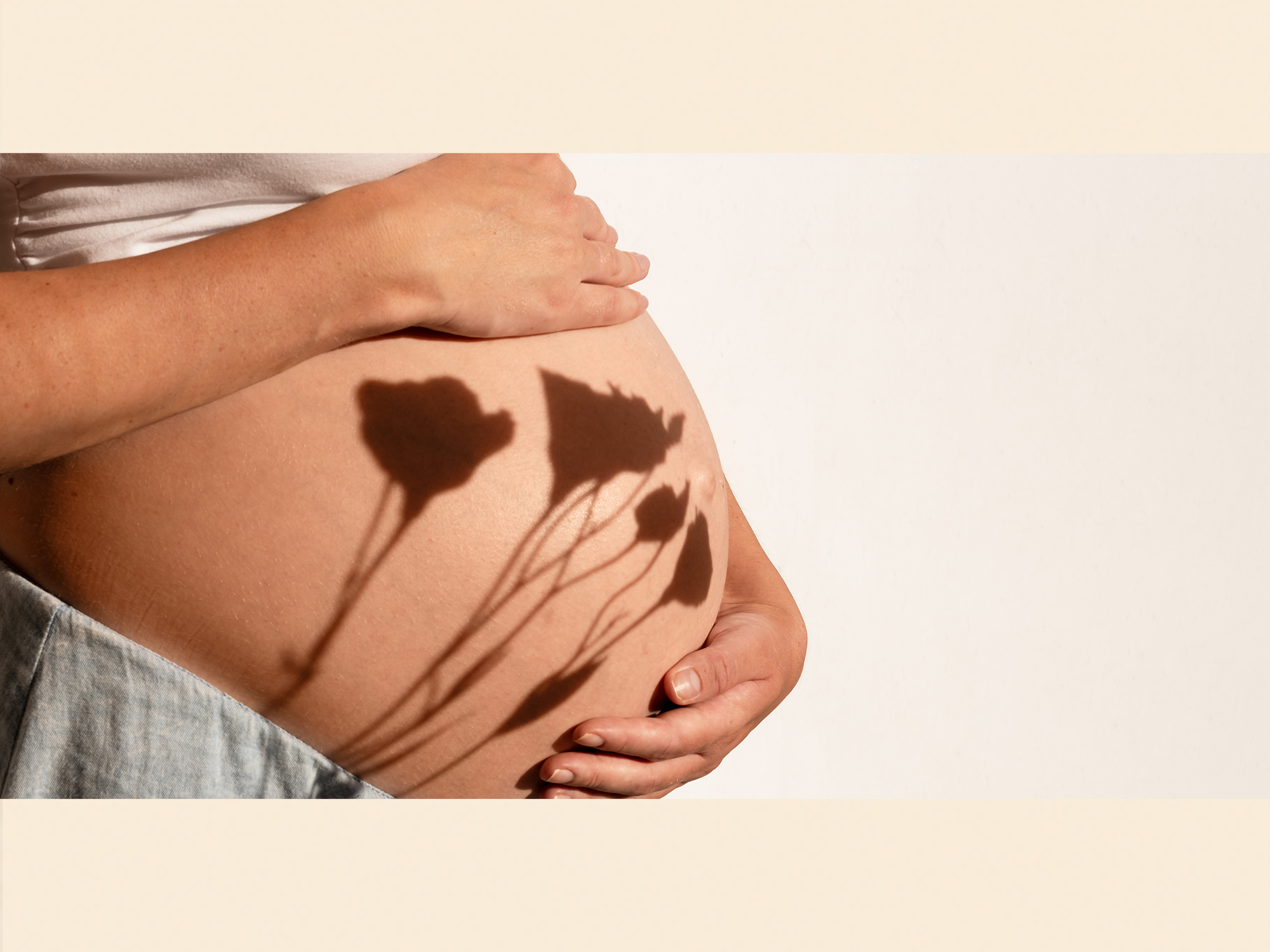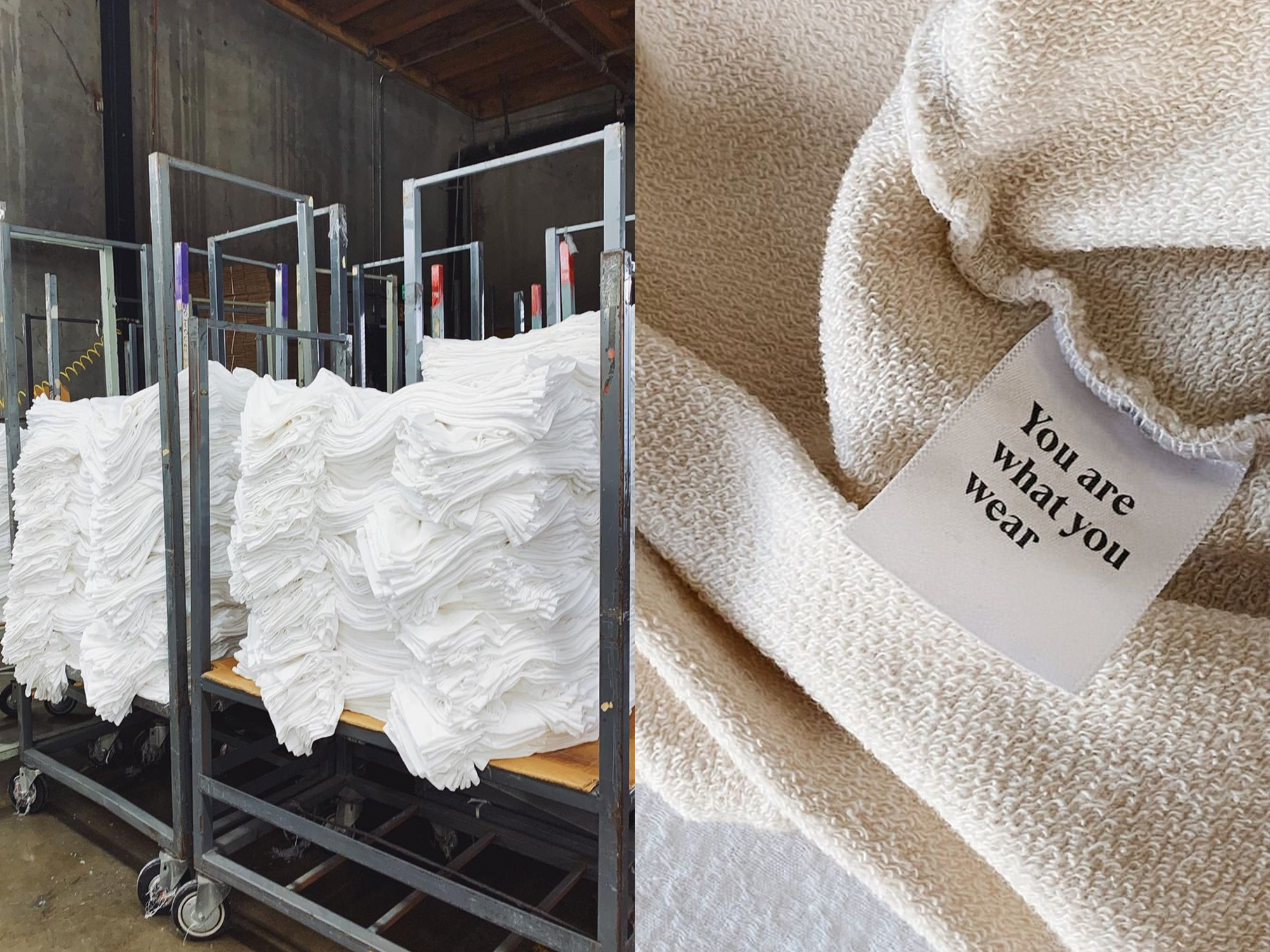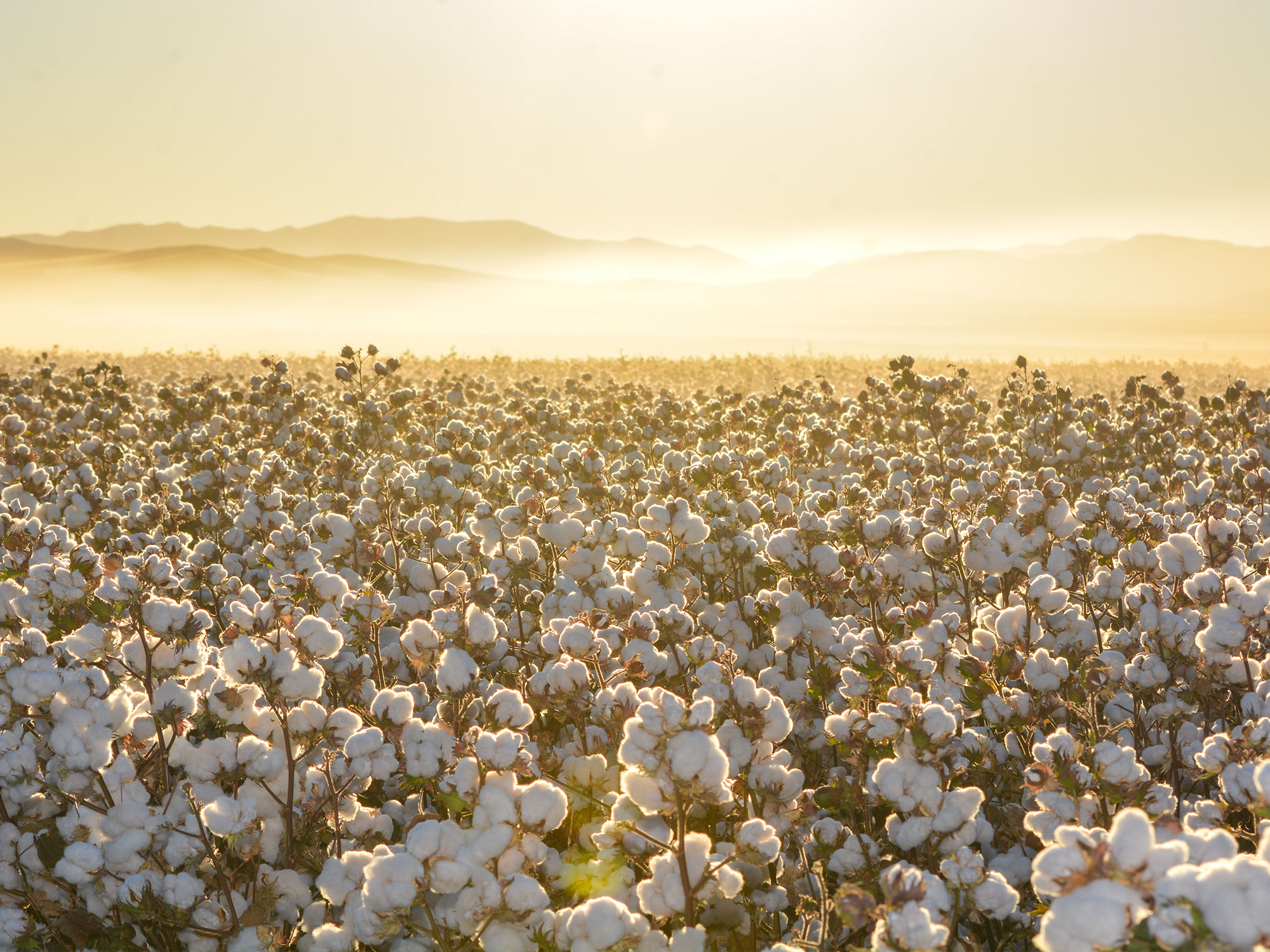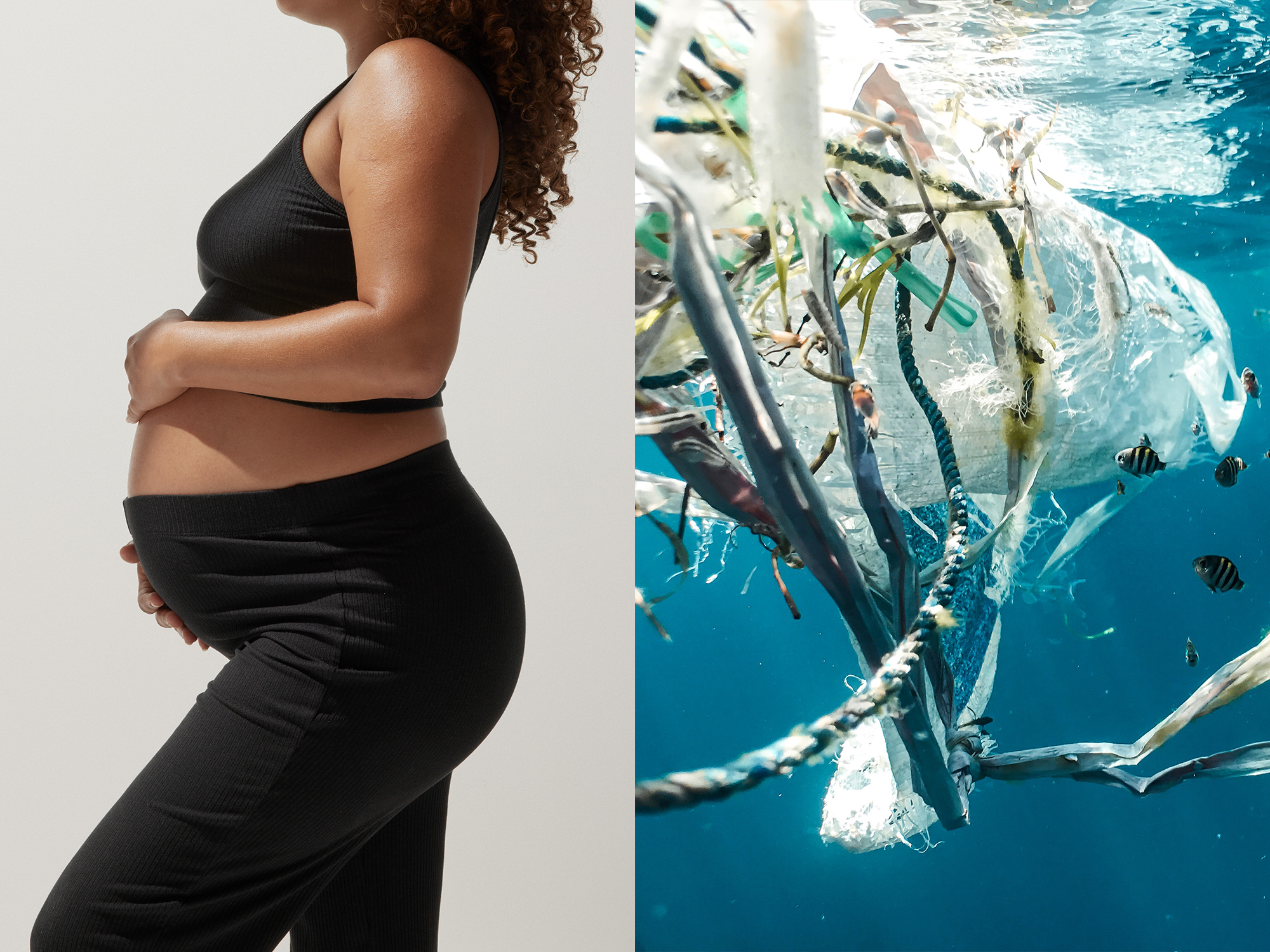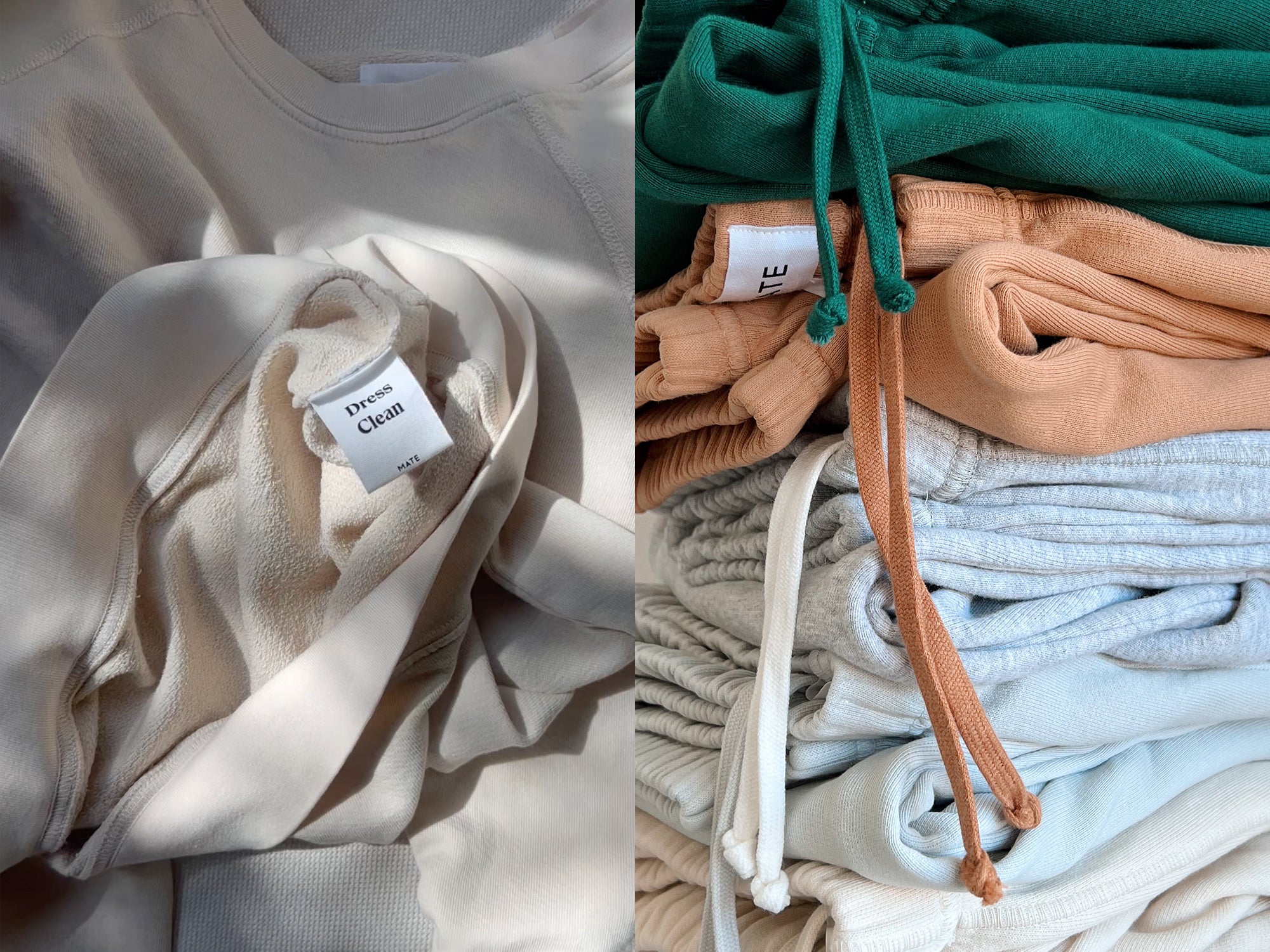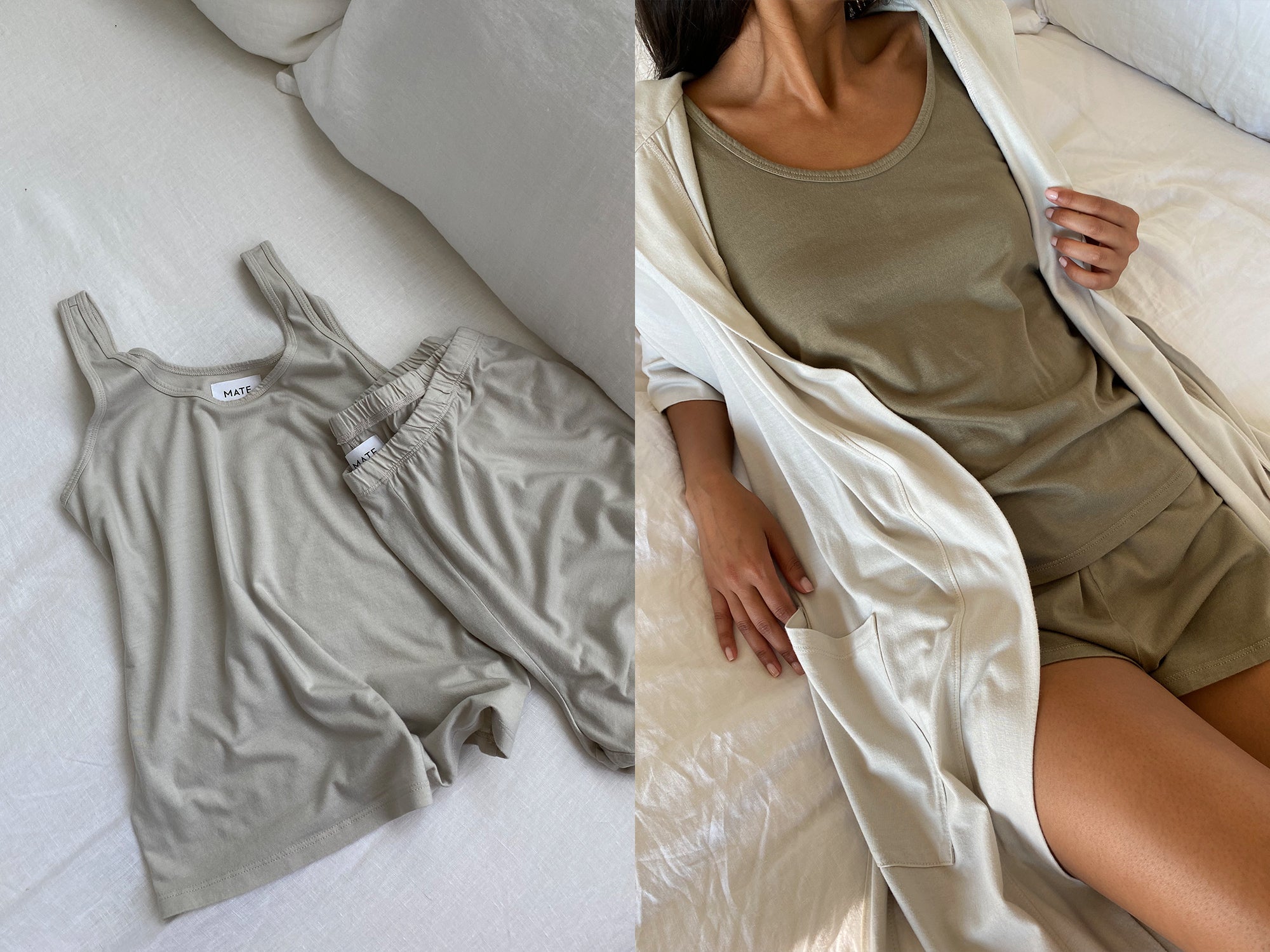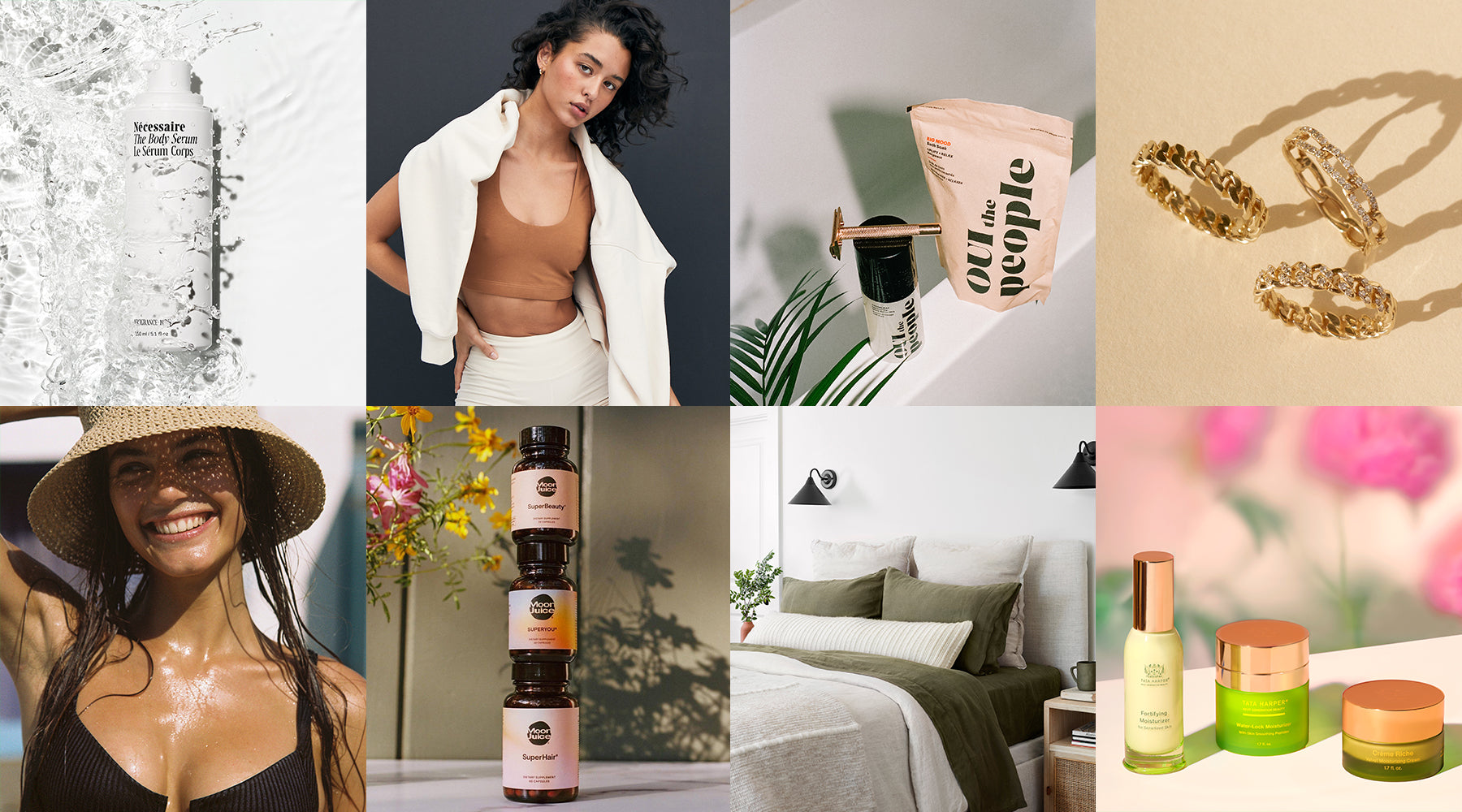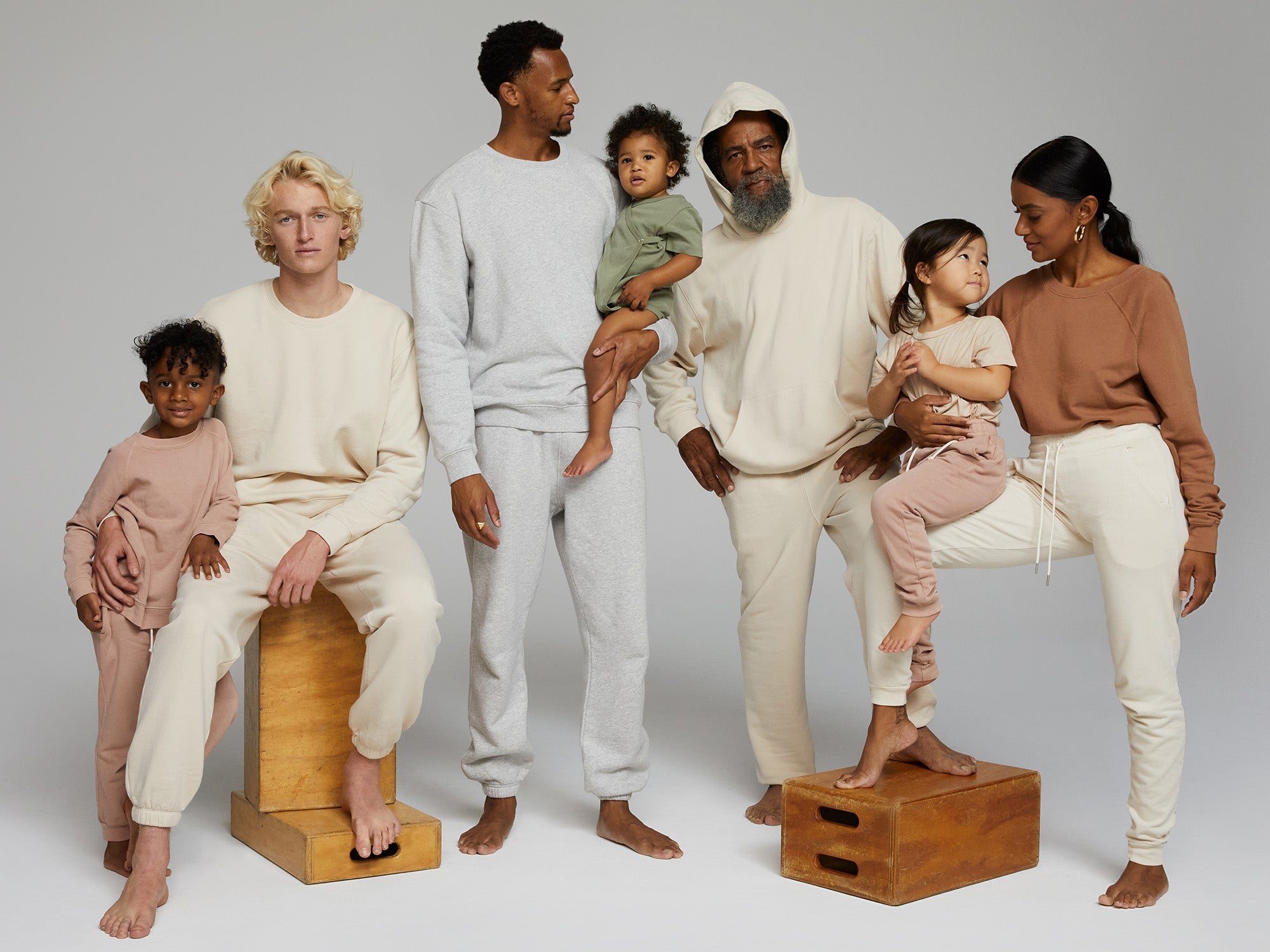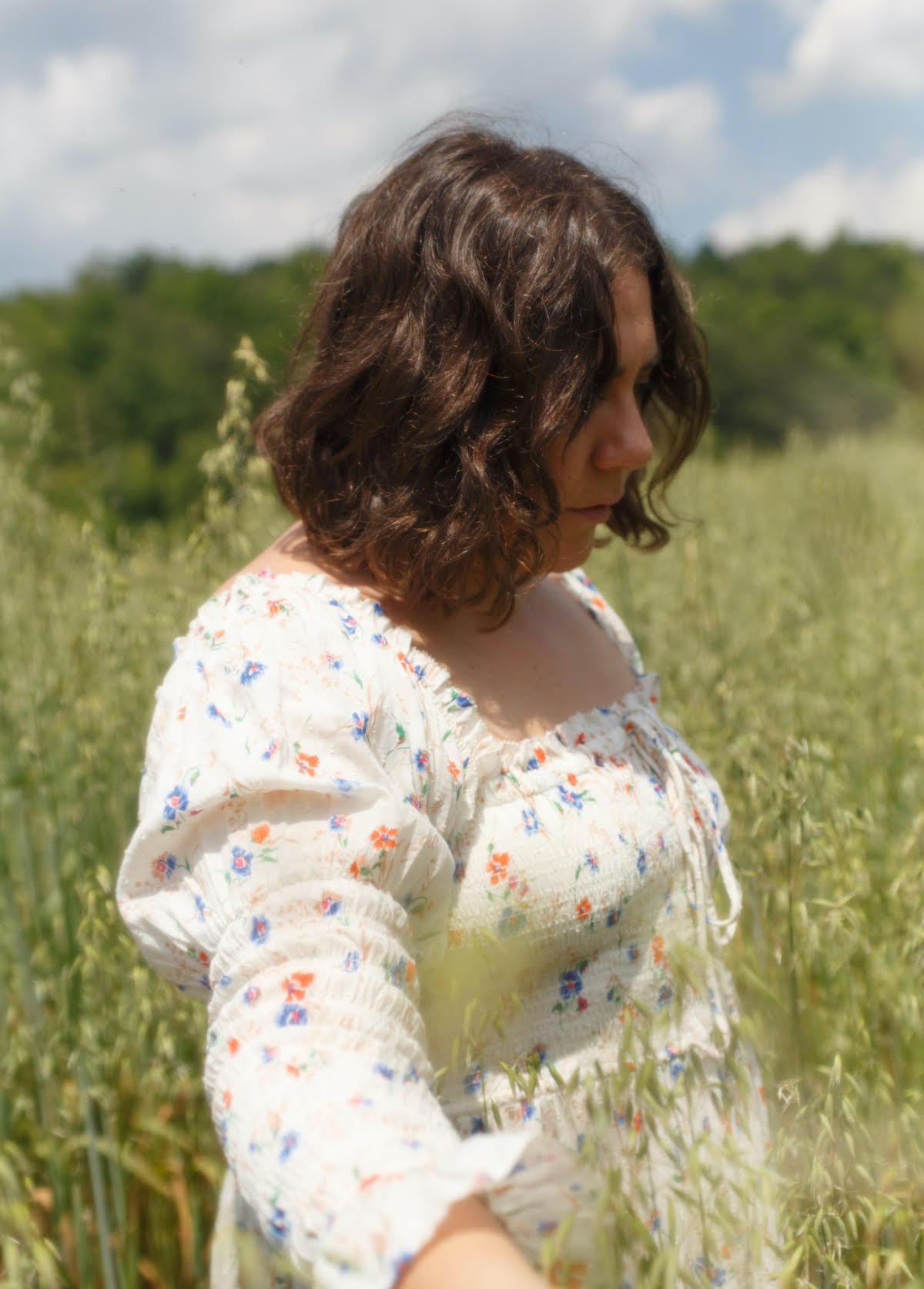Your Tote (0)
Organic Choices For You
2023 Non-Toxic Christmas Tree Guide

We may not wear them, but Christmas trees are the fashion icon of decor. And, just like clothing, there are options that are less toxic than others.
Today, let’s discuss the ongoing debate: are real or artificial trees the better choice? Which is the less toxic option? Continue on for the breakdown.
Are Real Christmas Trees Toxic?
Real Christmas trees truly bring the spirit of the holidays into your home. As they are natural and do not have the plastic components that artificial trees do, does this make them inherently non-toxic?
Short answer: they are not 100% non-toxic, but they may be the less toxic option. Let’s explore.
Pesticides and Herbicides
Pesticides and herbicides are used in conventional farming (non-Organic) to control unwanted insects and increase crop yield. Buying a conventionally-grown tree may be bringing these chemicals into your home.
In regards to toxicity, pesticides may pose risks for both tree farmers and consumers. Pesticides can be endocrine disruptors, and contact with pesticides has been linked to diabetes, reproductive disorders, neurological dysfunction, cancer and respiratory disorders.
Allergens
Christmas trees can also bring in environmental allergens such as mold, dust mites, and pine sap. In addition, the fragrance associated with pine trees is from terpenes, which can cause contact dermatitis. Lastly, poison ivy grows near pine trees, so there is a chance that the irritant from poison ivy rubs off on the pine tree.
However, it is important to note that pine tree pollen is not a culprit due to the time of year as pine trees make pollen in the springtime not the winter. Also, pine tree pollen is not likely to trigger allergies or asthma in the way other tree pollens do.
Whether or not to opt for a real tree thereby may be more dependent upon your or your family’s environmental allergies and aversions to mold.
Sustainability
Real Christmas trees are the more sustainable option as they naturally capture and store carbon when they grow, thereby contributing to healthy ecosystems, as well as being able to biodegrade at the end of their use.
Non-Toxic Solutions for Real Christmas Trees
You can lower your exposure to the toxins associated with live Christmas trees in a few ways:
- Look for an Organically grown Christmas tree, from a local source if possible. This will not only reduce exposure to pesticides but will help support a local farm.
- Clean off a conventionally-grown tree before bringing it into the house (such as lightly spraying it down and letting it air dry outside or in the garage) to remove some of the topical pesticides and allergens.
- Wear gloves or wash your hands after handling and decorating to reduce pesticide and allergen exposure.
Are Artificial Christmas Trees Toxic?
Artificial Christmas trees have become a popular option, as they can be stored and reused for multiple holiday seasons, are easy to set up and can create less of a mess than real trees.
However, artificial Christmas trees notoriously contain toxins, as most are plastic-based. But, how much of a risk are they? Let’s find out.
PVC Trees
Many artificial Christmas trees are made from polyvinyl chloride (PVC) plastic. These are often more affordable options, but are less realistic looking.
PVC is produced from vinyl chloride. According to the EPA, vinyl chloride is a known human carcinogen, as well as can impact the central nervous system upon exposure.
As PVC manufacturing is one of the leading uses of vinyl chloride, PVC-based products are inherently harmful to our environment. (If this sounds familiar, you may have seen the news about the Ohio train derailment resulting in emitting vinyl chloride into the atmosphere.) Chlorine use also emits dioxins, which are chemicals that persist in the environment and can accumulate in the food chain. They are highly toxic to human health as they “can cause reproductive and developmental problems, damage the immune system, interfere with hormones and also cause cancer.” according to the World Health Organization (WHO).
In addition, phthalates, known endocrine disruptors, are plasticizers added to PVC for softening effects. Phthalates have been detected in air and dust particles, posing a risk for exposure when bringing a Christmas tree into your house. Phthalates can bioaccumulate and have been linked to negatively impact functions of the liver, thyroid, reproductive ( such as, negatively impact the success of pregnancy and result in poor semen quality) nervous, and immune systems, as well as have negative impacts on child development. Lastly, epidemiological studies have also linked phthalate exposure to type II diabetes and insulin resistance, obesity, allergy, and asthma.
Lastly, lead is used in PVC production as a stabilizer, posing a risk for its presence in PVC trees. Although the amount of lead in PVC trees needs further investigation, its presence is not worth the risk especially around children and pets.
PE/PET Trees
Artificial trees can also be made out of polyethylene (PE) and polyethylene terephthalate (PET) plastic. These are many times more durable and realistic-looking than PVC options, but can be more expensive.
The main catalyst in PE/PET production is antimony trioxide, a probable carcinogen and possible endocrine disruptor, as found in manufacturing workers who are directly exposed. PE/PET manufacturing releases a large amount of antimony directly into the environment. As a “priority pollutant” according to the United States Environmental Protection Agency and the European Union, antimony can bioaccumulate in water and airways, posing potential ecological risks on all forms of life. Antimony exposure from contaminated air has been linked to pulmonary issues, gastrointestinal tract issues, increased blood cholesterol and decreased blood sugar.
In addition, the manufacturing of PE/PET produces 1,4-dioxane as a byproduct. 1,4-dioxane has been detected in drinking water and is categorized as a probable human carcinogen by the U.S. Environmental Protection Agency and an emerging environmental contaminant.
Saying this, PE trees may be harmful in production, but are less so when they are in your house (as compared to the aforementioned risks of PVC trees). Research shows that antimony release occurs more likely at high temperatures (50°C and above, which is approximately 122°F and above). So, keeping your tree in a cooler temp if your environment is hotter may be a safer option.
As such, PE/PET trees are the less toxic option when compared to PVC trees.
As such, PE/PET trees are the less toxic option when compared to PVC trees.
Treatments
Many toxins are also used in treating the trees during production, such as to make them resistant to fire or longer-lasting.
Flame retardants have been linked to adverse health effects including endocrine disruption, reproductive toxicity, neurotoxicity, hepatotoxicity, and cancer. Studies have also suggested risks to bone and brain health upon exposure, especially from exposure at a young age. Exposure can be from airborne and dust particles.
In addition, poly and perfluoro-alkyl substances (PFAS, also known as “forever chemicals”) may be used in coatings to make trees last longer, such as to make them resistant to water and heat. PFAS never break down in nature and therefore can bioaccumulate within organisms (including humans) and make their way through the food chain. They are also endocrine disruptors; PFAS exposure has been linked to negative reproductive effects such as decreased fertility, reducing immune responses and increasing the risk of prostate, kidney, and testicular cancers.
Sustainability
Lastly, artificial trees will not biodegrade and are many times not recyclable due to their PVC components (you may need to check with your local recycling and disposal programs to see your options for removal). Therefore, they may sit in a landfill long after their use.
Non-Toxic Solutions for Artificial Christmas Trees
Both real and artificial Christmas trees have possible toxic components that may contaminate your house. Real Christmas trees are less toxic than artificial; however, the final decision is dependent upon what is best for you or your family.
Real Christmas trees are less toxic than artificial; however, the final decision is dependent upon what is best for you or your family.
Recap: How to Lower Toxin Exposure From Live Christmas Trees
Although real Christmas trees are all-natural, there are some toxins associated with them (such as pesticides and allergens). As such, you can lower your exposure to these toxins in a few ways:
- Look for an Organically grown Christmas tree, from a local source if possible. This will not only reduce exposure to pesticides but will help support a local farm.
- Clean off a conventionally-grown tree before bringing it into the house (such as hosing it down and letting it air dry outside or in the garage), so as to remove some of the topical pesticides and allergens.
- Wear gloves or wash your hands after handling and decorating to reduce pesticide and allergen exposure.
Recap: How to Lower Toxin Exposure From Artificial Christmas Trees
Although artificial Christmas trees may be made up of non-toxic components (such as PFAS, phthalates, and flame retardants), you can lower your exposure to these toxins in a few ways:
- Opt for PVC-free artificial trees.
- Look for California’s Prop 65 label which “requires businesses to provide warnings to Californians about significant exposures to chemicals that cause cancer, birth defects or other reproductive harm” such as lead and antimony trioxide.
- Maintain household cleanliness to remove toxins such as phthalates and flame retardants that may build up in dust particles.
- Air purifiers may also be an effective way of removing these toxins from your environment.
- Clean off your hands after handling and decorating, to reduce toxin exposure.
- Do not be afraid to ask companies how their products are made (such as, are their trees lead-free) so that you can choose the safest option for your family.
Non-Toxic Alternatives
If neither artificial nor real Christmas trees suit your needs, other clean-choice options are handcrafted options, succulents, or a potted tree. Remember, the holiday season is about spreading joy and celebrating with family - not stress or toxin exposure!
p.s., while you are on your toxin-free holiday journey, check out MATE’s clean-choice clothing gift guide, perfect for gifting near and far (and yourself)!
Lydia Dupree is a biochemist and author of peer-reviewed articles in her field. She dives deep into the literature to explore the impact the fashion industry has on our health and environment, and shows how to easily implement sustainable fashion into our lives. Connect with Lydia via her website or Instagram page.
More From The Journal
 female founded
female founded
Postcards from the Road: A Conversation with Yolo Journal’s Yolanda Edwards
Read more female founded
female founded






























